Search

SDSU Research Shows Effects Of Volunteer Corn In Corn And Soybeans
In 2007, researchers at South Dakota State University indicated that volunteer corn is much less competitive in corn than soybean. The South Dakota study (Alms et al. 2007) evaluated the full season effect of a range of volunteer corn densities (800-14,000 plants/acre) on both corn and soybean and reported yield losses that ranged from 0% to 13% in corn and 0% to 54% in soybean.
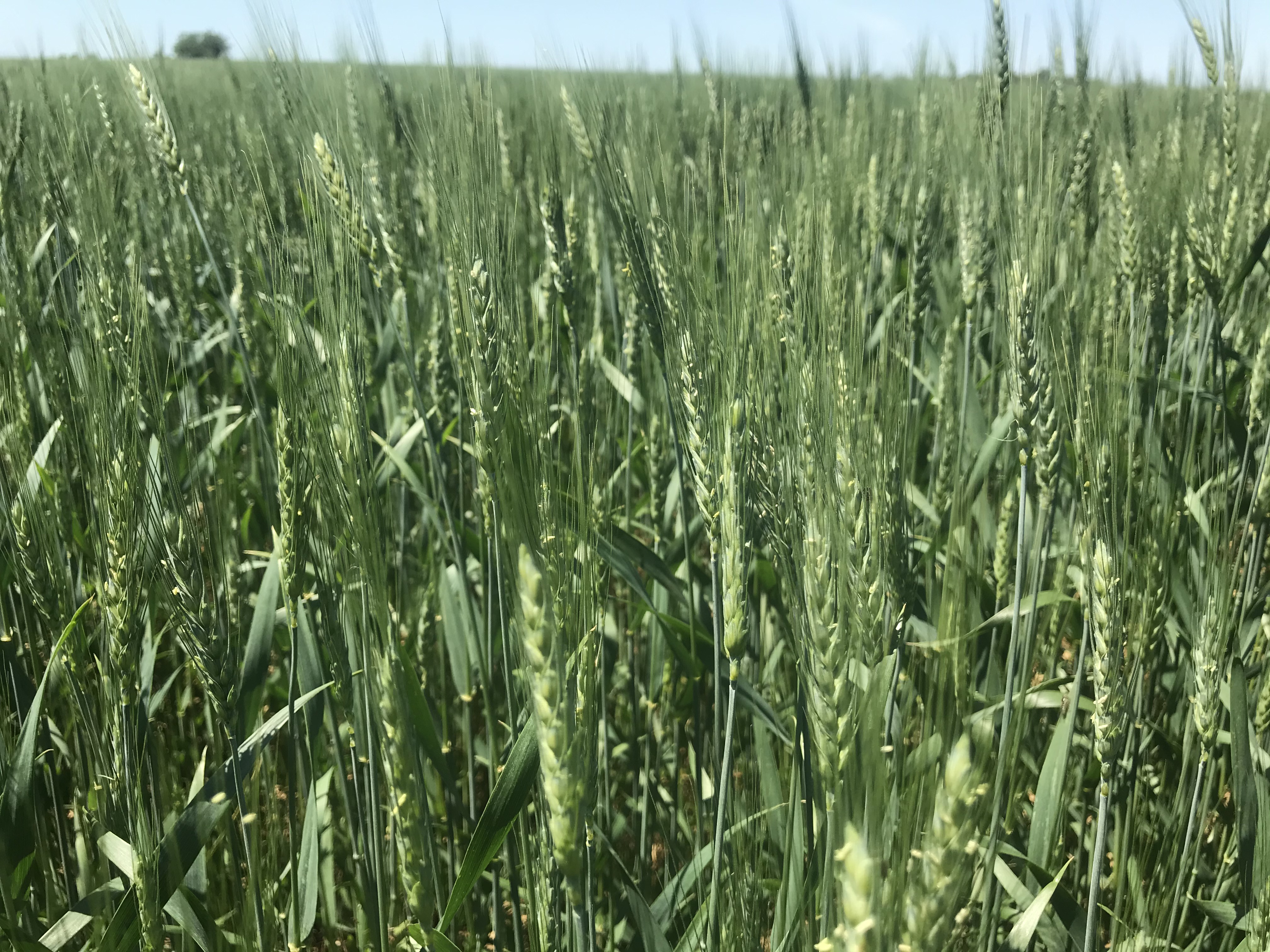
Crop Hour
SDSU Extension will deliver a series of virtual Crop Hour webinars starting January 9 through March 7, 2024, every Tuesday, Wednesday and Thursday from 10:00 a.m.-11:00 a.m. CST.
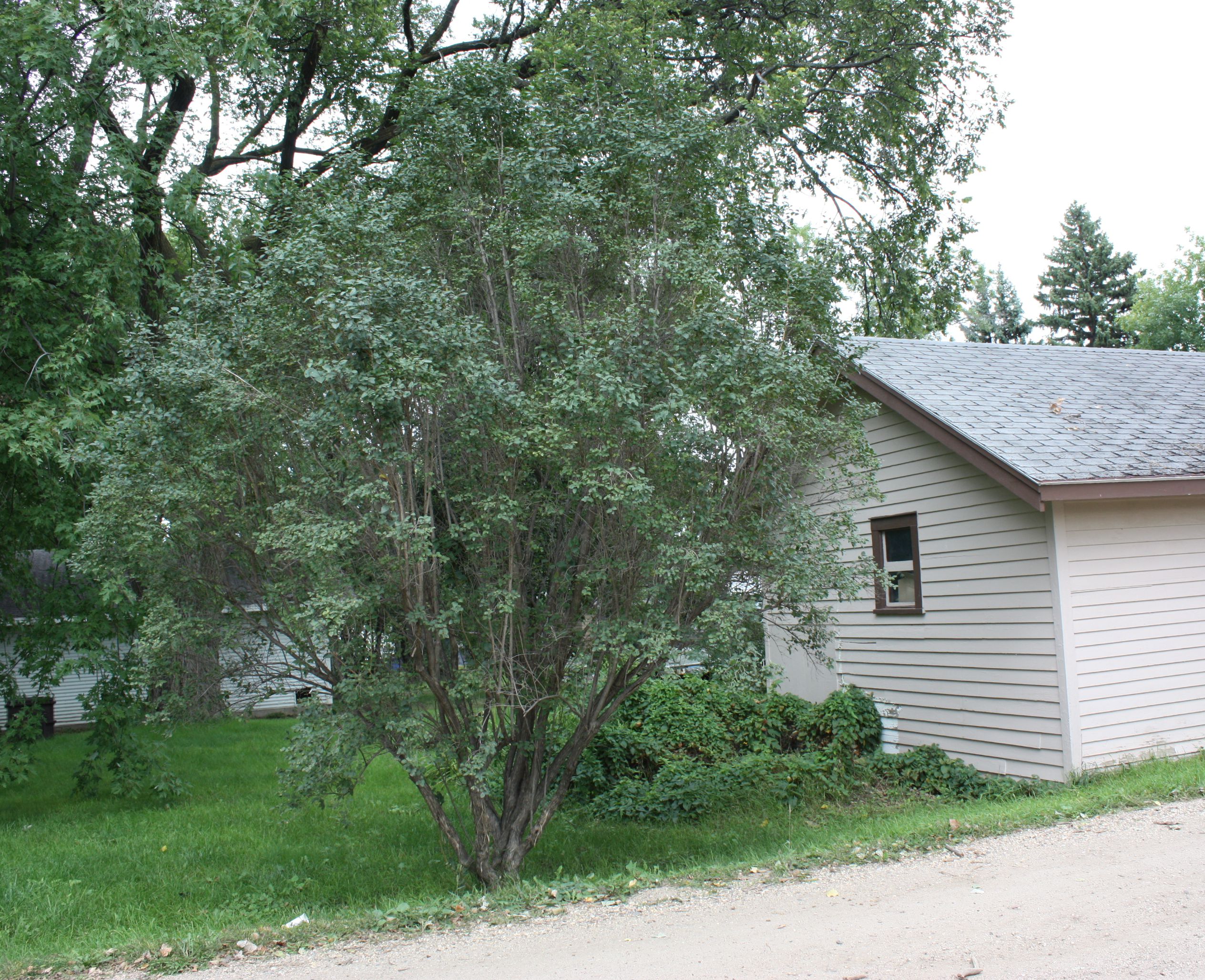
Woody Weeds: Tatarian Honeysuckle
Tatarian honeysuckle (Lonicera tatarica) was brought to North America from Asia in the mid-18th century for ornamental uses. In South Dakota it was also used as a windbreak species until the 1980s.
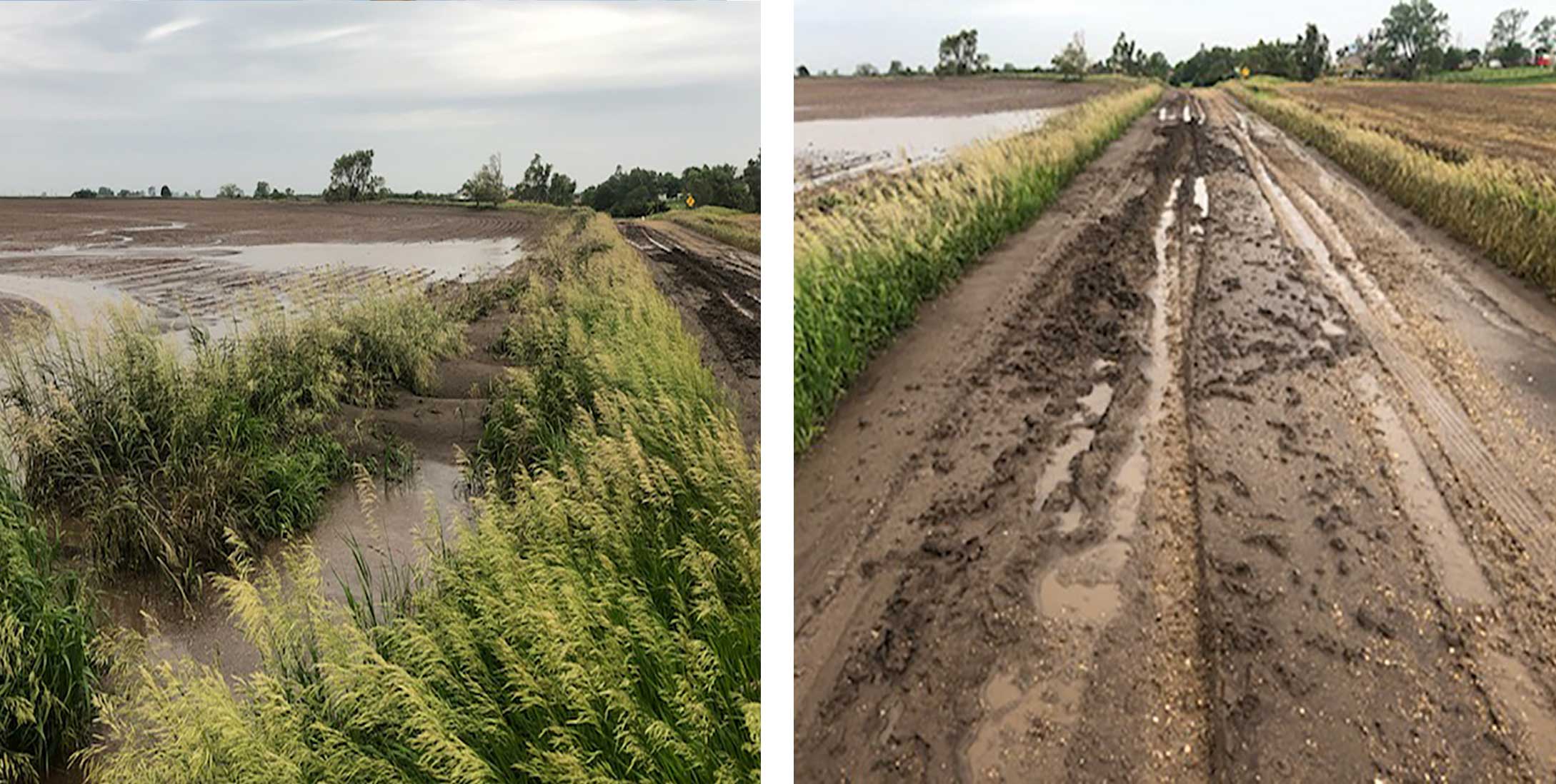
Multiple Rounds of Severe Weather Bring Heavy Rainfall, High Winds, and Soil Erosion
A combination of tillage, no residue, and lack of crop canopy can lead to severe erosion and topsoil loss in the face of extreme weather patterns in the spring. The most effective strategy for producers to adapt to these extreme events is to improve soil health.

Round Bale Storage Conservation
Fact sheet discussing conservation of round bale storage.

Check Fields for Palmer Amaranth
Palmer amaranth, is an aggressive weed from the pigweed family, which has been reported with increasing frequency in recent years around Central South Dakota.
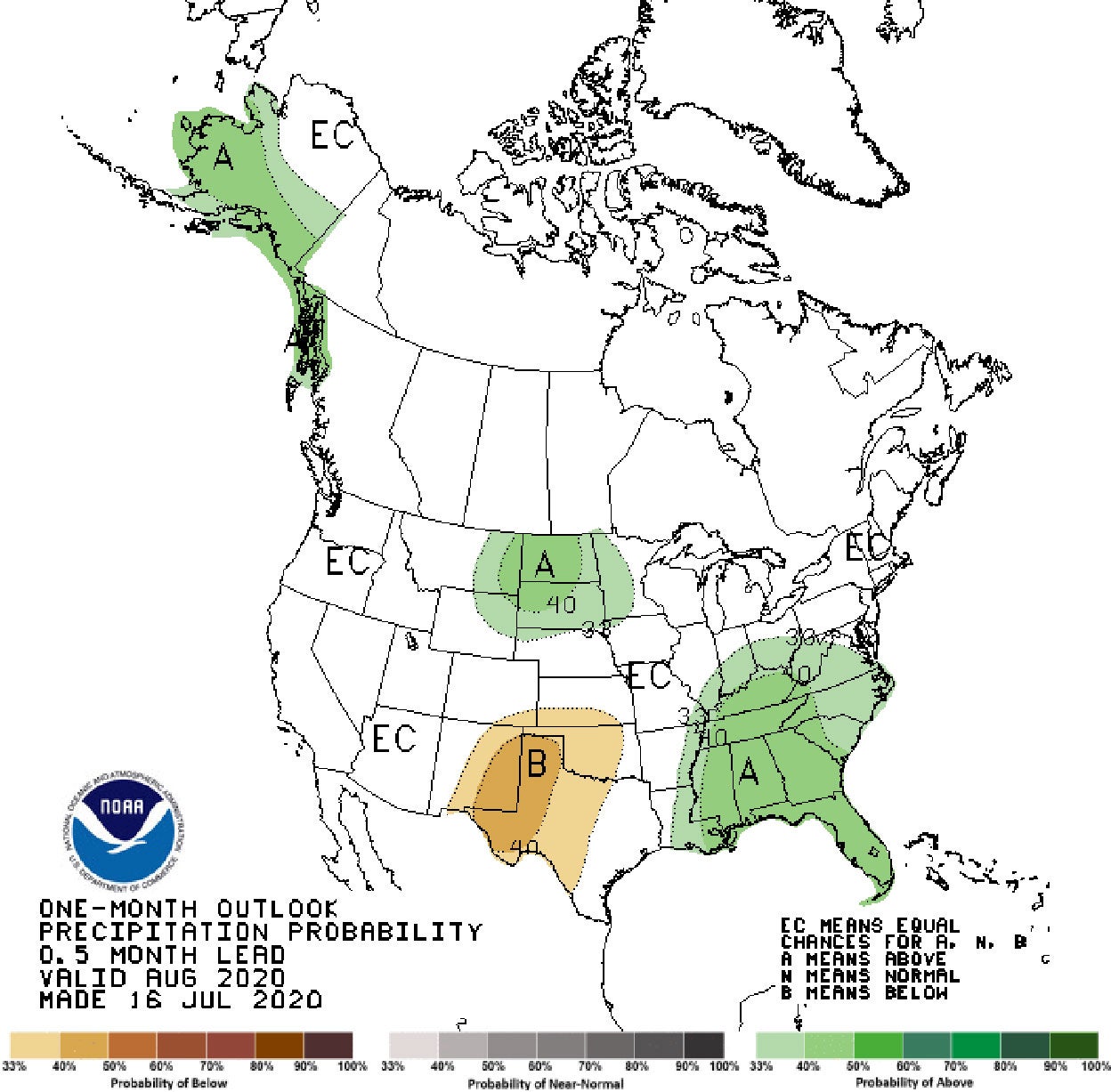
Late Summer 2020 Climate Outlook
Drought concerns in South Dakota may be relieved later this summer, according to the NOAA Climate Prediction Center’s seasonal outlook released this week.
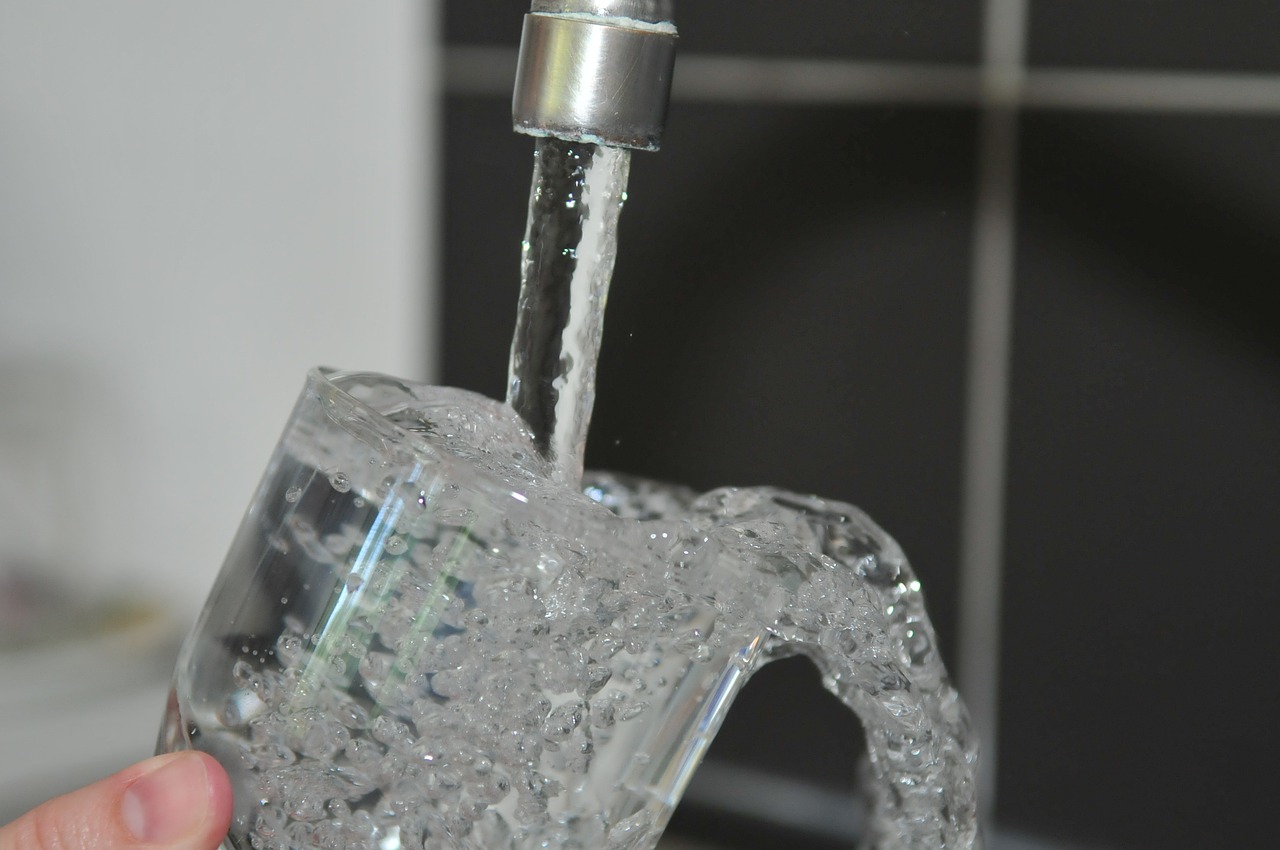
COVID-19 and Home Water Use
There have been questions regarding spread of the virus that causes COVID-19 through drinking water.
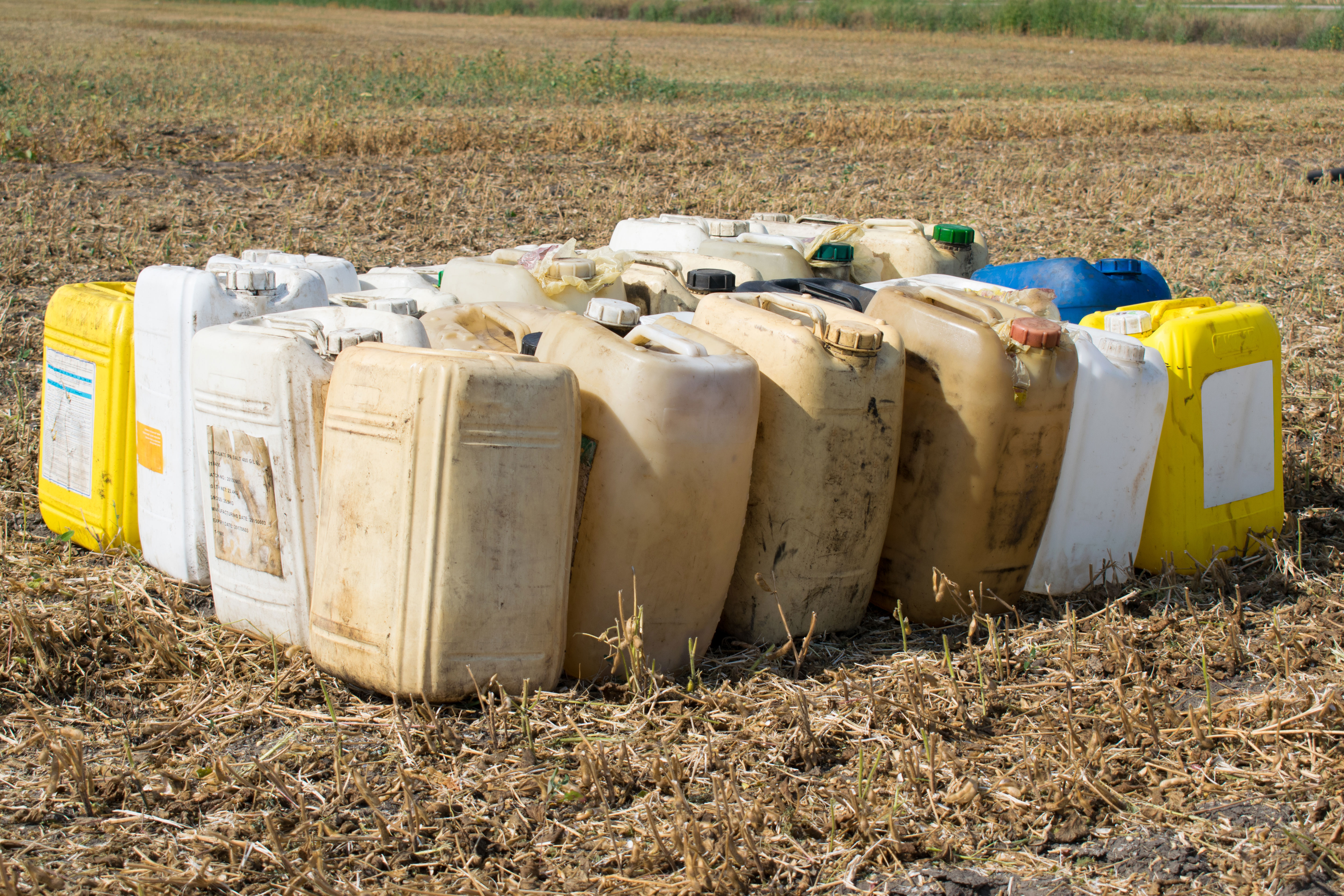
Changes in Pesticide Applicator Certification During COVID-19
April 27, 2020
Due to office closures as a result of COVID-19, commercial pesticide applicator testing is currently unavailable at the SDSU Extension Regional Centers and county offices.
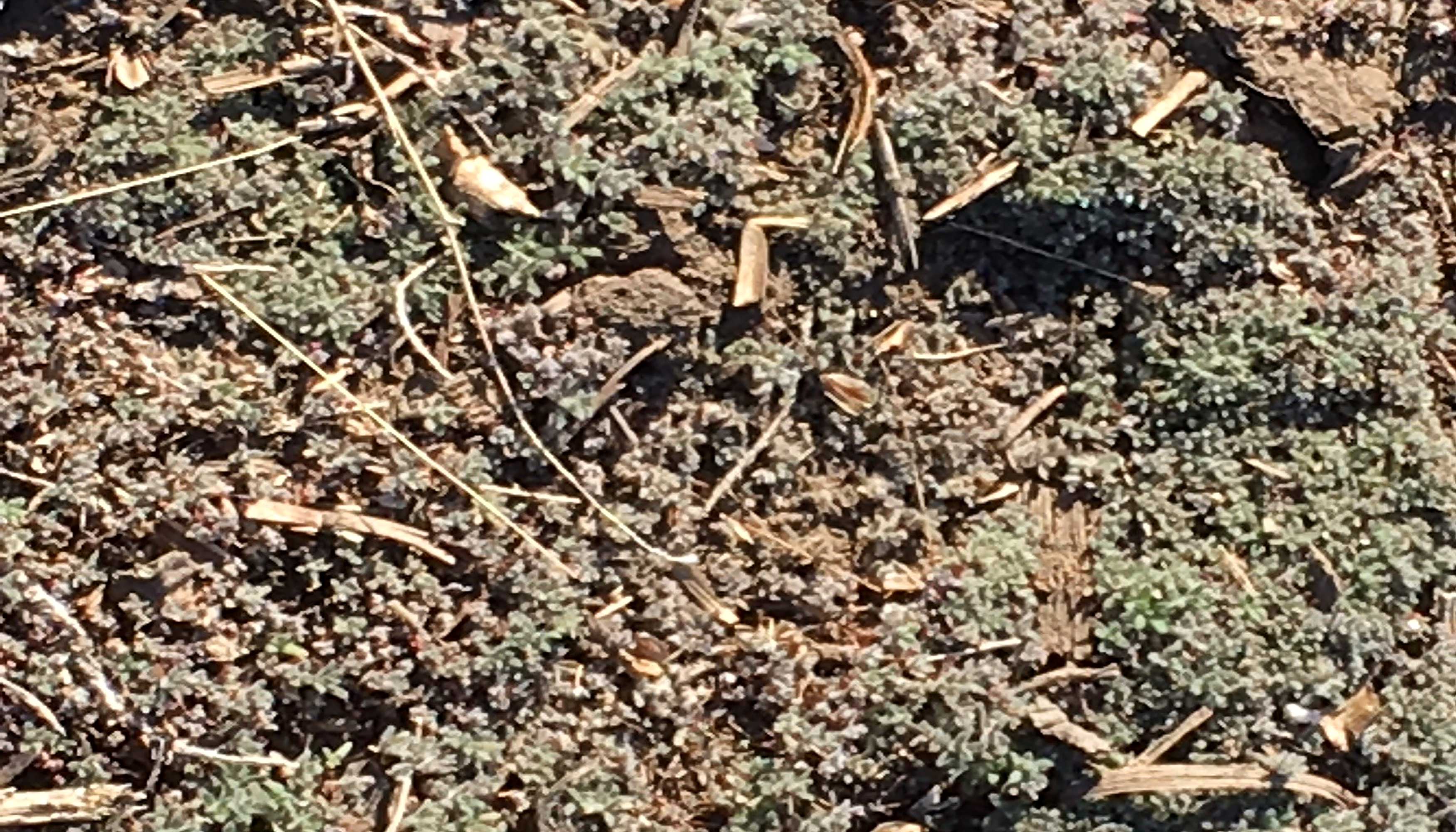
Temperature and Herbicide Performance
In South Dakota, the spring can come with a wide range of temperature fluctuations. This will affect the performance of burndown herbicides. Depending upon the target weed, type of herbicide and application rate, there will likely be decreased weed control in cooler temperatures.